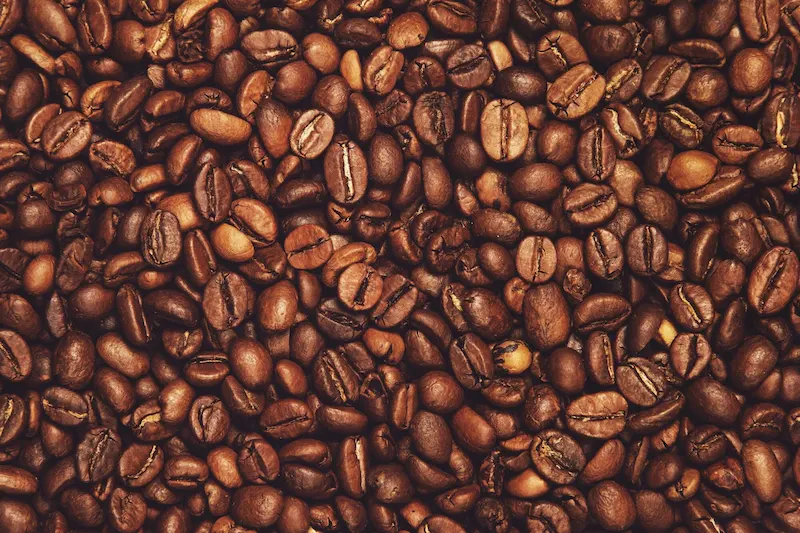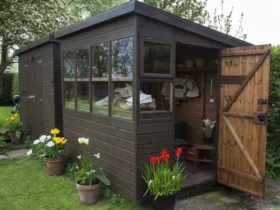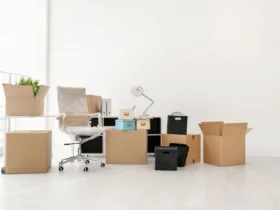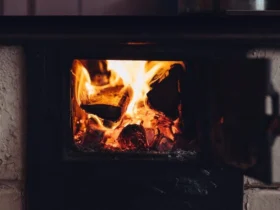Did you know that over 2.25 billion cups of coffee are consumed around the world daily? Many different cultures and societies emphasize how popular coffee is.
There are various ways to enjoy coffee, but buying the perfect bag of beans to make yourself morning coffee is unmatched.
To take your coffee drinking to the next level, you need to find beans that fit your taste profile and maybe give you a little caffeine boost. Keep reading to learn what to look for.
Flavor Profile
Knowing your flavor profile preferences will help you choose the best bag of beans. Coffee can have nutty, fruity, chocolatey, and floral notes. Some beans have a wider range of flavors.
If you don’t know what you prefer, try out new beans until you find something you want to drink over and over again.
Roast Levels
Light, medium, and dark roast levels can influence the overall taste of a cup of joe. Roast levels impact the body, flavor, and acidity of coffee beans.
Light roasts retain the natural flavors of the bean the best, but these flavors are harder to extract. Dark roasts have bold, rich notes that combine well with milk and cream to make cappuccinos and lattes.
Medium to medium dark roast levels make blended drinks, like frappuccinos, taste amazing.
As well as your taste preferences, consider your brewing method when you select a roast level. Air roasters are a great way to learn about home roasting without breaking the bank. You can get air roasters for your coffee here.
Single-Origin vs. Blends
Coffee beans may come from a specific region while others combine beans from multiple places.
A single-origin coffee bean has unique flavors based on the area it comes from. These beans are great for espresso use and traditional coffee brewing methods.
Coffee blends combine a mix of flavors, most often coming from South American countries like Colombia and Brazil.
Ethical Sourcing and Sustainability
Your coffee choice will have some sort of impact on the environment. Buying from coffee farmers is a great choice, but you’ll want to look for organic and fair-trade practices.
To support eco-friendly and ethical practices, look for coffee beans with Rainforest Alliance-certified labels. This certification does cost extra, so ask your roastery if they still sell organic beans even if they don’t have the certification on their labels.
Roast Date
Not many people realize that coffee beans deteriorate in flavor after a few weeks. Beans reach their peak flavor profile a week or two after being roasted, so checking the roast data is important if you want the most out of your beans.
“Best by” dates on coffee labels don’t provide a clear idea of when the product was made. The roast date is something completely different. Ask the seller about the roast date if you can’t find it.
Oil Levels
Dark roasted coffee beans often have a high oil content. Oily beans can impact texture, longevity, and bean flavor. Dryer beans stay fresh for longer and oily beans may taste rancid after a while.
In addition to taste, beans with high oil levels can be hard on your coffee machines and espresso grinders. Consistent use of oily beans in your machines might lead to them giving out sooner than their average lifespan.
If you enjoy dark roasts, find a bean without a high oil content to avoid the risks.
Types of Beans
There are three main types of coffee beans to know about that can help you make your decision as well. One type of bean may suit your morning coffee desires better than others.
Arabica Beans
Arabica beans have a strong stance in the coffee industry. These beans make up most of the global coffee production and rely on quality and flavor.
These beans are grown at high elevations to build a nuanced and smooth taste. South American and African coffees are well-known Arabica coffee regions.
The main benefit of these types of beans is that they come in a range of flavors to match many preferences. In the world of coffee, Arabica beans are considered the highest quality and smoothest tasting.
If you prefer coffee with high caffeine levels, this might not be the bean for you. These beans are also more expensive than others.
Robusta Beans
Robusta beans are bold and resilient as they grow in lower elevations. Robusta coffee beans contain double the caffeine of Arabica, which can provide you with an extra morning boost.
Robusta beans are robust in flavor, hence the name, but they also have an earthy taste. Robusta beans are more affordable because they are resistant to diseases.
For some people, these beans are too bitter and harsh. Others prefer it as a traditional Italian-style coffee or espresso bean. The downside to this bean is that there is less flavor variety.
Liberica Beans
Liberica beans are grown mostly in Southeast Asia. They are considered unique in the world of coffee because of their fruity, floral, and woody flavors.
Coffee lovers seek out Liberica beans when they want to try unique and rare flavors. If you consider yourself an adventurous coffee drinker, Liberica beans are a must-try.
These beans might be able to thrive in conditions where Arabica and Robusta beans cannot.
Those who buy Liberica beans support a wider range of farming options and biodiversity, but these beans are difficult to find because of their limited availability.
Because Liberica beans are rarer than other types of beans, they tend to be more expensive. Excelsa beans are a type of Liberica coffee grown in the same regions but are less common than Liberica.
You may like – Tk2dl Explained: Free, Safe & Ethical TikTok Downloads
Choosing Your Perfect Bag of Beans
The perfect bag of beans is different for each person. Consider your preferences from roast levels to single-origin vs. blends. Understand the different types of beans to figure out which beans you should be shopping for.
Look to your taste buds to find the answer and use this article as guidance. Connect with coffee experts if you need help defining your taste.
For more informative articles like this, check out the other posts on our blog.






